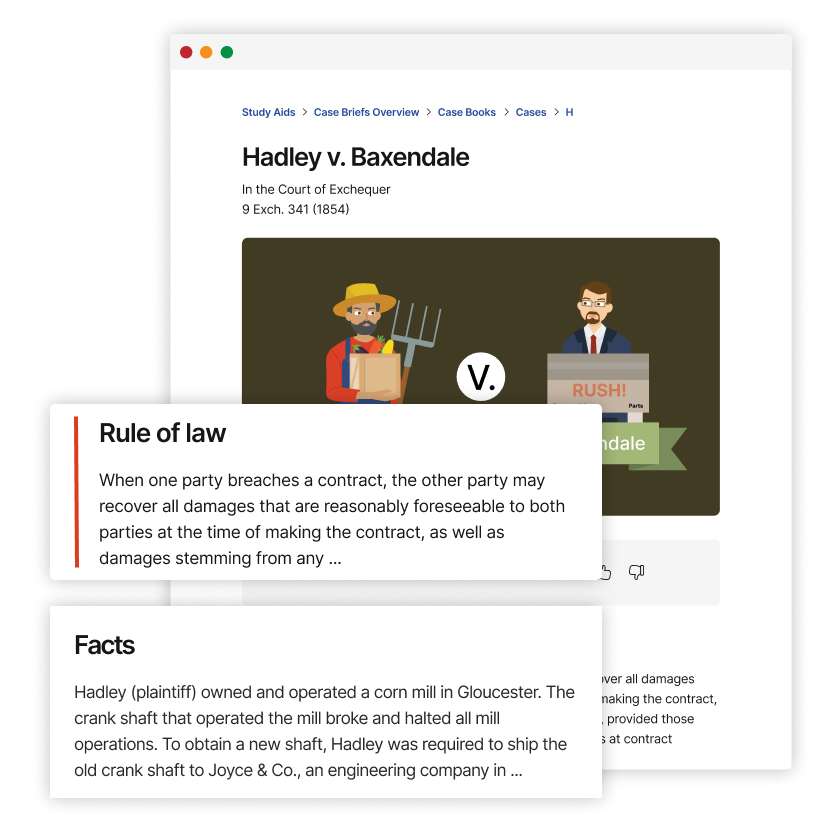United States v. Haymond
United States Supreme Court
139 S. Ct. 2369 (2019)
- Written by Liz Nakamura, JD
Facts
Andre Haymond (defendant) was convicted for possession of child pornography and sentenced to 38 months in prison followed by 10 years of supervised release. Haymond’s sentence was issued in accordance with the guidelines set forth in the Sentencing Reform Act of 1984 (SRA). After Haymond completed his prison term, a search of his phone turned up additional child pornography. The district judge, acting without a jury and applying the preponderance-of-the-evidence standard, found that Haymond had knowingly downloaded child pornography onto his phone and sentenced Haymond to an additional five years in prison. The additional prison term was issued pursuant to SRA Section 3583(k)’s mandatory minimum sentence for defendants who violated the terms of their supervised release by possessing child pornography. Haymond appealed the additional prison term. The Tenth Circuit held that Section 3583(k) was unconstitutional because it allowed judges to extend prison sentences beyond the original term without a jury trial. The federal government (plaintiff) appealed to the United States Supreme Court, arguing that (1) the Section 3583(k) penalties were authorized by the jury’s original verdict; and (2) like parole violations, supervised-release violations did not require a jury trial before imposition of penalties.
Rule of Law
Issue
Holding and Reasoning (Gorsuch, J.)
Concurrence (Breyer, J.)
Dissent (Alito, J.)
What to do next…
Here's why 899,000 law students have relied on our case briefs:
- Written by law professors and practitioners, not other law students. 47,000 briefs, keyed to 994 casebooks. Top-notch customer support.
- The right amount of information, includes the facts, issues, rule of law, holding and reasoning, and any concurrences and dissents.
- Access in your classes, works on your mobile and tablet. Massive library of related video lessons and high quality multiple-choice questions.
- Easy to use, uniform format for every case brief. Written in plain English, not in legalese. Our briefs summarize and simplify; they don’t just repeat the court’s language.




